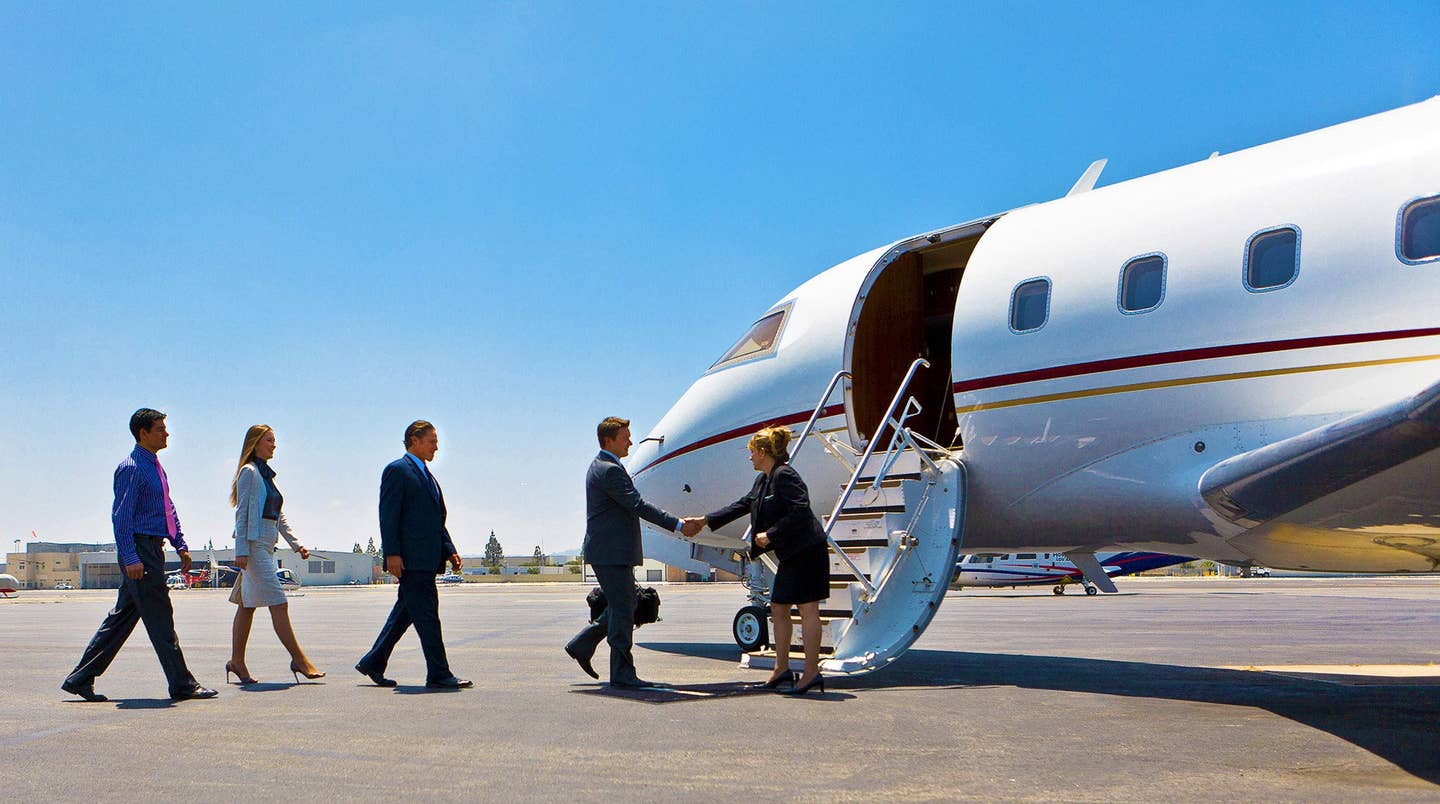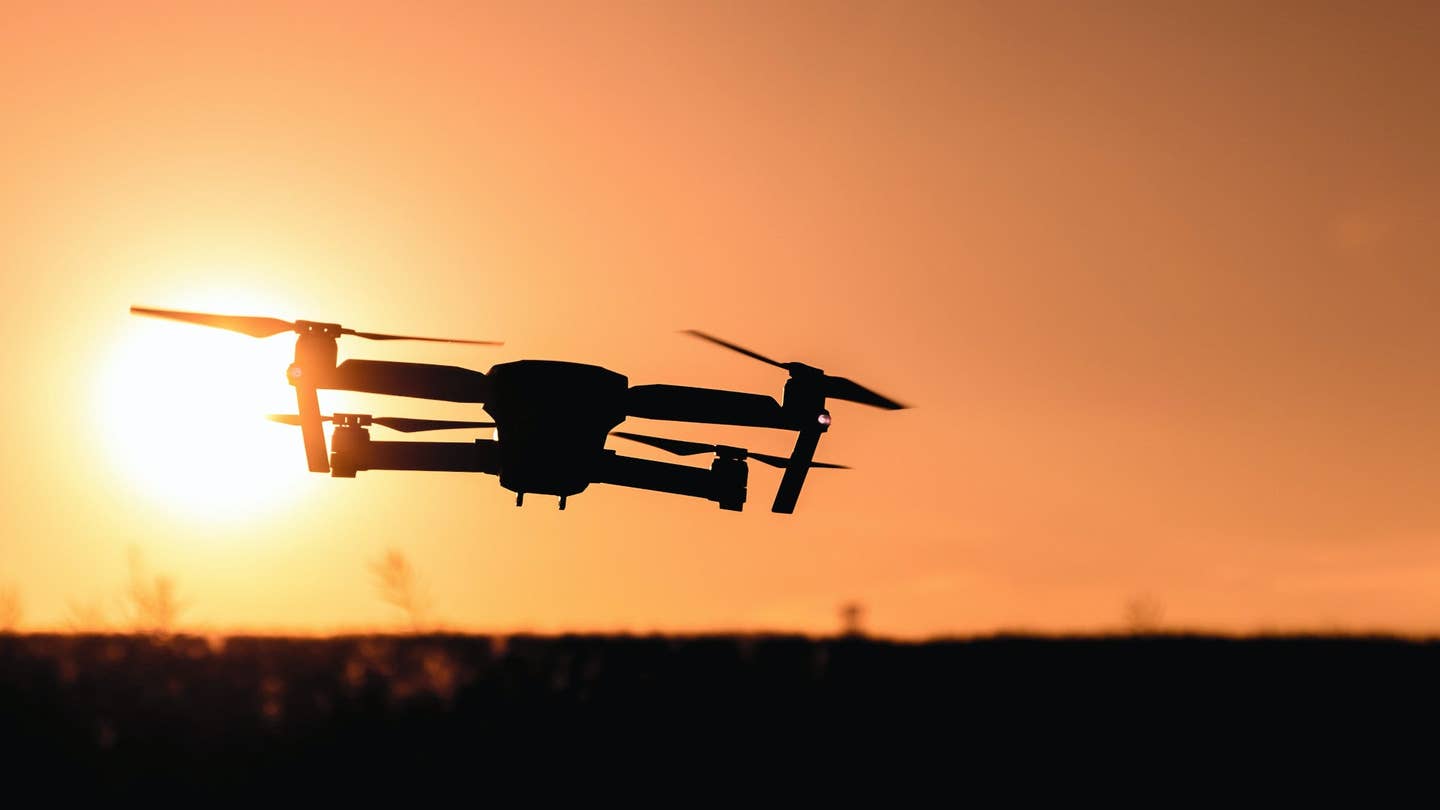
Being able to navigate an aircraft above harsh terrains requires understanding the skill of mountain flying. [Credit: Unsplash]
Mountain aviation is a skill that only comes with time and experience. Successfully mastering the skill of mountain flying is necessary for being able to navigate an aircraft above treacherous terrains. Mastering the skill of mountain aviation can change the career of a pilot in numerous ways. For more details about the benefits of mastering the skill of mountain aviation, keep reading.
How Does Mountain Flying Work?
Mountain flying takes a substantial amount of training and expertise. It requires having a thorough understanding of not only the aircraft, but the surrounding conditions, too. Before being able to fly an aircraft in the mountains, certain requirements must be met.
Requirements Involved with Mountain Flying
Mountain aviation has numerous requirements both of the aircraft and of the pilot itself. Some of those requirements include:
Pilot Requirements
It’s advised for pilots to take a minimum of 150 hours of flight time before flying their aircraft into the mountains. After that threshold has been reached, pilots should consider enrolling in a mountain aviation course that can help provide further knowledge about the skills that keep pilots safe when navigating mountains. Mastering the art of mountain flying can help develop a pilot’s overall proficiency when it comes to navigating an aircraft.
Aircraft Requirements
There are dangers that come with flying low-powered airplanes into mountainous terrains that can be avoided by making sure the aircraft has a minimum 160 horsepower. Weight is another factor that can affect an aircraft’s performance in the mountains. The best practice for not exceeding weight requirements for mountain flying is to limit the weight of the aircraft based on the expected performance penalty caused by the anticipated density altitude of the destination or flight course.
Weather Requirements
Getting an accurate weather report is one of the keys to successful mountain flying. More weather requirements to take note of include:
- Ceiling Requirements: It’s advised that pilots have 2000 foot ceilings over the highest passes they anticipate crossing.
- Visibility Requirements: The most highly skilled mountain pilots suggest making sure they have at least 15 miles of visibility before accepting a mountain flight.
- Winds: Dangerous turbulence typically occurs when pilots attempt mountain flying in winds greater than 25 knots.
- FR and Night Mountain Flights: FR and night flights in mountains are not recommended due to the fact that night obscures visibility to the point where terrain clearance becomes nearly impossible.
Weather Factors
Certain weather factors can have a drastic effect on how a flight throughout the mountains will turn out. Those factors include:
- Density Altitude: Density altitude is an important factor to remember because the aircraft performs differently based on density levels which change based on the temperature.
- Winds Aloft Reports: Winds aloft reports are an important factor to check before agreeing to make a mountain flight. It’s advised to postpone flights when forecasts show winds are above 25 knots.
- High and Low Pressure Patterns: Pressure patterns are important to check prior to making a mountain flight because they can provide indicators about wind speed potential.
- Mountain Wave: Mountain waves form when the wind speed is greater than 25 knots and create downward wind gusts similar to ocean waves that can be problematic for pilots.
- Winds Through Passes: When winds are forecasted above 20 knots, aircrafts may fly through narrow areas at faster speeds than originally intended which can lead to increased turbulence.
- Orographic Lifting: This typically occurs during the summer, when clouds begin to lift from mountains, triggering convection which often results in thunderstorms.
- Microbursts: Microbursts are common in mountainous areas. They most commonly occur when thunderstorms start about 4 to 5 thousand feet above ground level while the surface temperature is more than 40 degrees.
- Temperature Inversions: Inversions in temperature are commonly found in mountain valleys which is why even though most inversions break around late morning, pilots should always pay close attention to forecasts before taking off for mountain flights.
Density Altitude
Density altitude is the pressure altitude corrected for temperature. Here’s how it affects mountain flights:
- Effects on the Airplane: Higher density altitude leads to lower efficiency since as density altitude increases wings have less dense air to create lift with.
- Effects on Performance: Higher density altitude also impacts the performance by decreasing rate of climb, actual service ceiling and by increasing takeoff and landing distances.
Planning a Flight with Mountains in Mind
Flight planning is one of the most important aspects of piloting an aircraft. Planning a flight with mountains in mind means taking note of things that ordinarily may not cross a pilot’s mind. Some important details to consider before agreeing to a flight in the mountains include:
Weather
Among the many factors that impact how well a flight through the mountain goes, not many are more important than weather. The reasons why that’s the case are because it can affect flights in the following ways:
- Effects on the Airplane: Checking the forecast before embarking on a mountain flight is important because the aircraft is subject to mechanical shortcomings like engine failure in less than ideal conditions.
- Effects on Performance: The temperature and conditions can play a major role in the speed of a flight. Factors like temperature and wind can go a long way in helping pilots determine when they’ll reach their destination.
Route Selection
Route selection is crucial when it comes to mountain aviation because it allows pilots to familiarize themselves not only with the terrain they’re flying over, but with the emergency landing locations along the way as well.
Flight Plans and Logs
Flight plans and logs are crucial resources for pilots preparing for a mountain flight because they provide quick insights regarding arrival times and specific fly between checkpoints. Having a flight plan activated with local flight service stations also helps search crews locate lost aircrafts. That’s why it’s advised for pilots to notify their flight service when their flight plans change.
Usable Frequencies
Part of successfully preparing for a mountain flight is knowing which frequencies are available to use for making position reports and receiving weather updates. It’s advised for pilots to write down their usable frequencies, which can be found in VFR charts, onto their flight logs before takeoff.
Winter Operations
Mountain flights that take place during the winter come with dangers that include snow, ice, and other types of obstacles that are rarely found elsewhere. Before making a mountainous flight in wintery conditions, pilots should check the forecast and make sure their destination airport isn’t a part of a ski or lodge resort since that could entail challenges in finding a parking location.
Starting, Taxi, and Run-up
At high altitudes starting and taxi are performed the exact same way as they are when pilots are at sea level. The only difference is pilots have to lean the mixture more to avoid distorting the spark plugs. Along with starting and taxi, run up is also the same barring one exception. That exception is that run-up of non turbocharged engines should be used to set mixture for takeoff power.
Climb
When it comes to climb profiles for mountain flights, typically a normal climb profile suffices for safe takeoff. For the best performance of the airplane throughout the course of the flight, during the climb it is best for pilots to monitor the flight’s pitch attitude, airspeed and climb rate.
Descent
The best practice for planning a descent at the end of a mountain flight is to scan the area around the airport for potential emergency landing locations. Pilots should pay close attention to their surrounding areas before entering a lower altitude.
Approach and Landing
For the most part, landing an aircraft in airports in mountainous terrains is essentially the same as in any other airport. Winds that persist within mountainous areas are what make things difficult from time to time. Whenever pilots are faced with windshear it’s best for them to go around it whenever possible.
Emergency Procedures
Even pilots who go above and beyond to properly prepare for their flights get faced with emergency situations. When those cases arise, pilots should be able to think quickly to save themselves from those rare situations that are impossible to prepare for.
Survival Equipment
One of the best ways for pilots to best prepare for mishaps during a mountain flight is to make sure the aircraft is well equipped with survival materials for everyone on the aircraft for at least three days. Those materials often include things like winter clothing, granola bars, water, and medical kits containing bandages and ibuprofen.
Where to Get More Insights About Mountain Flying
Understanding the basics behind mountain aviation can greatly impact the careers of pilots who decide to advance their general aviation knowledge. Pilots should have a resource that provides them with access to the latest details and insights within the aviation industry. That’s where a Flying Magazine subscription becomes convenient. To get more information about mountain flying and other aviation topics, get your free subscription to FLYING Magazine!

Subscribe to Our Newsletter
Get the latest FLYING stories delivered directly to your inbox






